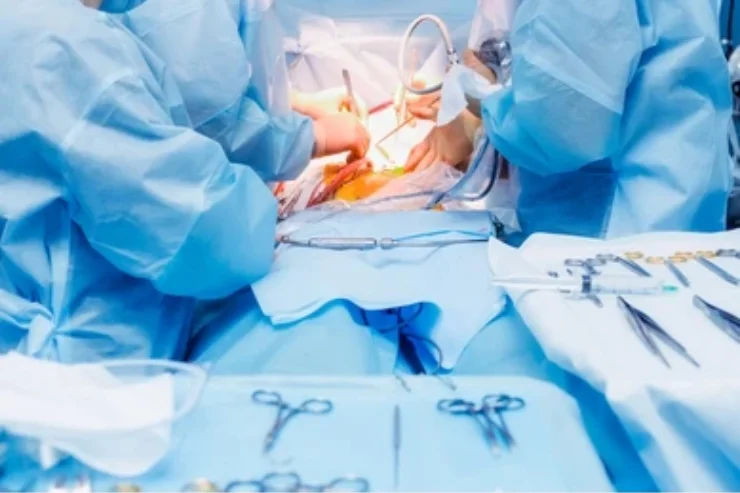Reconstructive Surgery
- Home
- Reconstructive Surgery

Reconstructive Surgery: Urethral Stricture
Urethral stricture refers to the narrowing of the urethra, which can obstruct the flow of urine. This condition can be caused by factors such as trauma, infections, previous surgeries, and inflammatory diseases. Reconstructive surgery aims to restore the normal caliber of the urethra, alleviate symptoms, and improve urinary function. Two common surgical options for treating urethral stricture include laser optical internal urethrotomy (OIU) and urethroplasty.
Laser Optical Internal Urethrotomy (OIU)
Laser OIU is a minimally invasive procedure that involves using a laser to cut through the scar tissue that is causing the stricture within the urethra. The procedure is typically performed under local anesthesia or general anesthesia and is designed to widen the narrowed section of the urethra.
- Advantages:
- Minimally invasive, leading to reduced recovery time.
- Can be performed on an outpatient basis, allowing patients to return home the same day.
- Shorter procedure duration compared to more invasive surgeries.
- Limitations:
- Higher recurrence rate of stricture compared to urethroplasty.
- May be more appropriate for shorter stricures and for certain patient populations.
Urethroplasty
Urethroplasty is a more definitive surgical procedure used to treat urethral strictures. It involves removing the narrowed segment of the urethra and reconstructing it, often using tissue from the patient’s own body (e.g., from the buccal mucosa, penile skin, or other sites). This procedure is often preferred for longer strictures or recurrent cases.
- Advantages:
- Lower recurrence rate of stricture compared to OIU, especially for longer or more complex strictures.
- Typically results in better long-term outcomes and improved urinary flow.
- Limitations:
- More invasive, requiring a longer recovery time and potential hospitalization.
- Involves surgical risk, including infection and scarring.
Both laser OIU and urethroplasty are effective surgical options for treating urethral stricture, and the choice between the two depends on factors such as the length and location of the stricture, previous treatments, and the patient’s overall health. It is essential for patients to discuss their options with a qualified urologist to determine the best approach for their specific condition.
